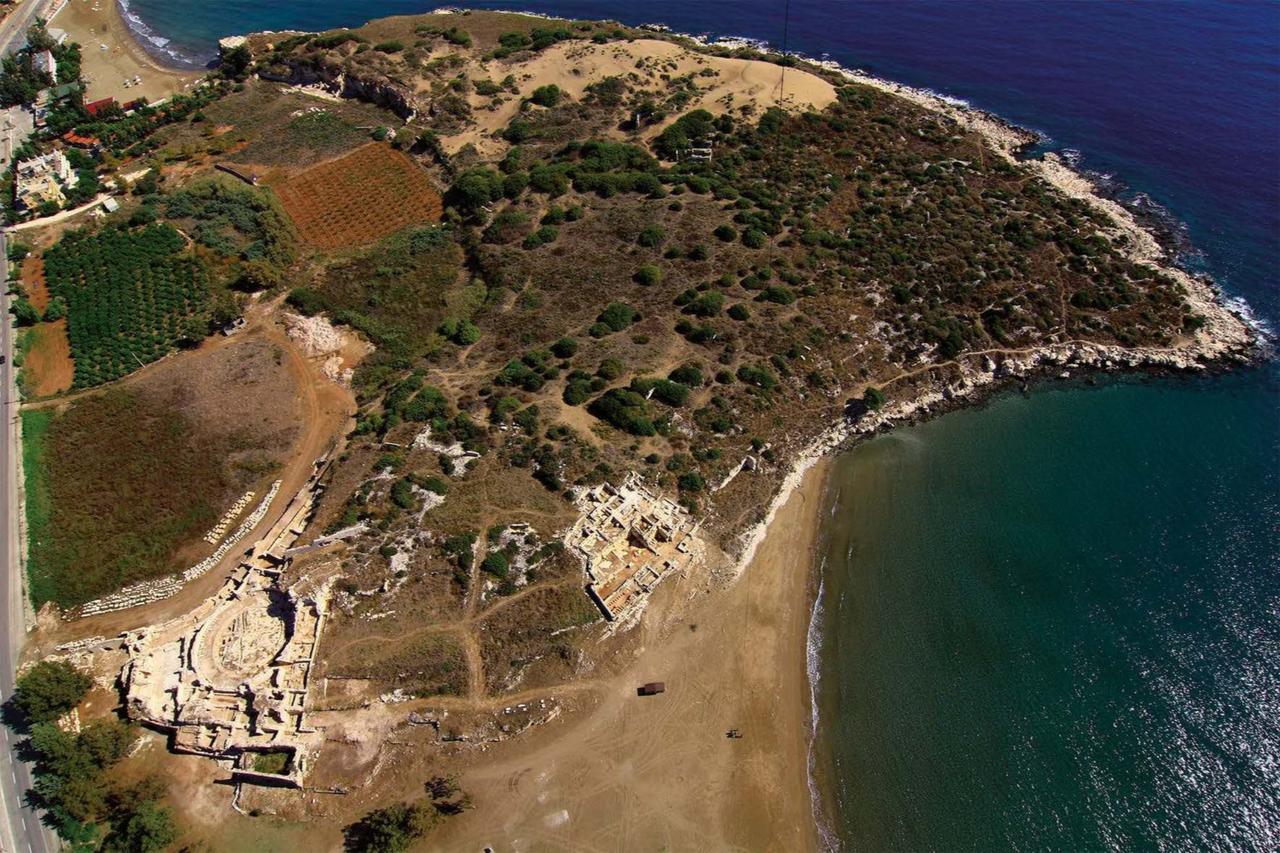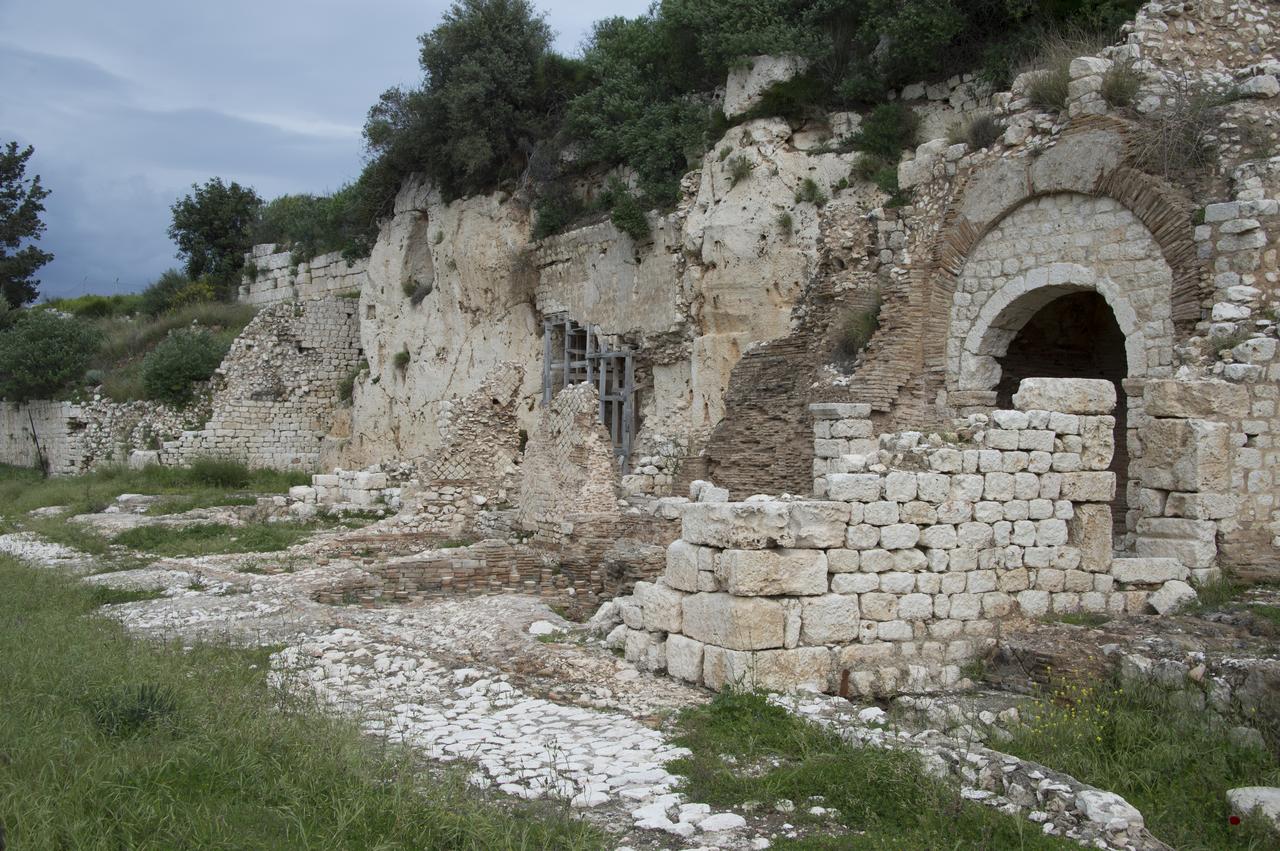
In a interdisciplinary study, scientists have uncovered how the once-thriving harbours of Elaiussa Sebaste—a prominent Roman and early Byzantine city on the southeastern coast of Türkiye—gradually disappeared due to both human activity and natural processes.
The ancient city of Elaiussa Sebaste, located on the southeastern coast of Türkiye near modern-day Ayas, Mersin, once flourished as a major trading hub in the eastern Mediterranean from the Augustan era through the early Byzantine period. Its twin harbours—natural bays later modified for maritime use—were central to this prominence. However, by the 7th century A.D., both harbours had been abandoned and buried, a transformation now revealed through a comprehensive geoarchaeological study.
A team of Italian researchers from several academic institutions conducted a detailed investigation into the environmental history of Elaiussa Sebaste’s northern and southern harbours. Using sediment cores, radiocarbon dating, geophysical imaging, and microfossil analysis, they reconstructed the harbours' development, use, and eventual decline.
Six boreholes drilled into the former harbour basins revealed layers of sediment dating back as far as the 8th century B.C. These layers, reaching depths over 15 meters below today’s sea level, documented successive phases of harbour use, particularly during the Roman Imperial period.

The study points to a major harbour expansion between 140 and 220 A.D., consistent with historical records of the city's peak during the Antonine and Severan dynasties. Traces of lead pollution in the sediment layers from this era align with increased port activity and urban development.
Elaiussa Sebaste began to decline after a series of external pressures: a Persian invasion in 260 A.D., repeated Isaurian raids in the following centuries, and finally the Arab incursions of the 7th century A.D. These events likely disrupted trade and triggered population decline. By the end of the early Byzantine period, both harbours had become obsolete and were gradually silted up by natural sedimentation and human abandonment.
Beyond historical conflict, the team identified environmental factors that accelerated the harbours’ demise. The coastline experienced tectonic shifts and significant sediment input from surrounding hills. As the northern harbour filled with sand and clay over time, it lost its navigability. The southern harbour, primarily used for commercial purposes, also showed signs of reduced sea connectivity and increased sedimentation.
Notably, a narrow strip of land—an isthmus—formed between the two harbours, reshaping local geography and contributing to the division of the city’s urban zones.
Today, Elaiussa Sebaste’s harbours lie more than a kilometre inland, completely buried and disconnected from the sea. Yet through scientific methods that combine archaeology, geology, and palaeobotany, researchers have brought their forgotten history back to light.